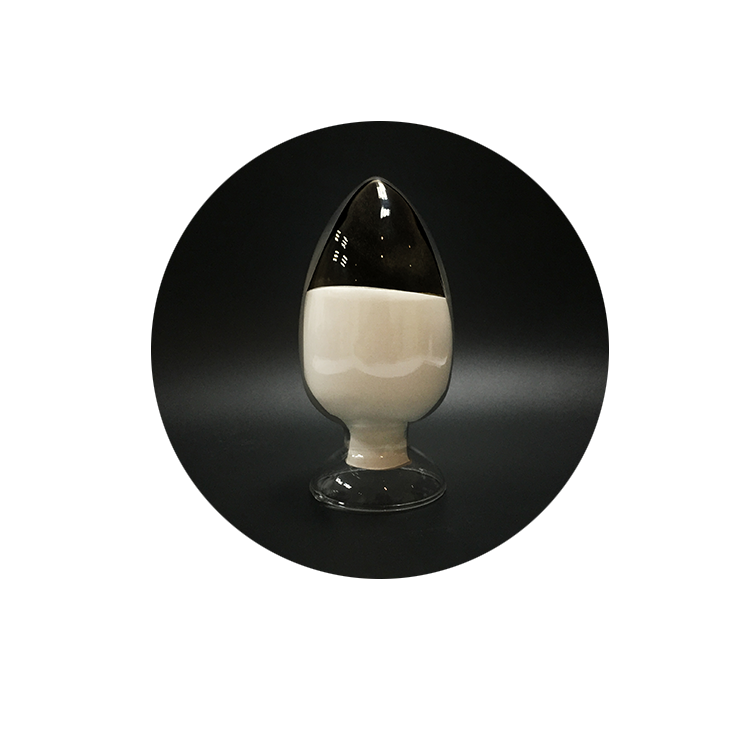Application of ε Polylysine in Food
1. Application of ε polylysine in food
When ε polylysine is used in food, the influence on the flavor of the food should be considered. Adding a large amount of lysine will produce a bitter taste and affect the taste of the food. In food processing, it will combine with protein and acidic polysaccharides, and will also change the texture of food to some extent. However, the bacteriostatic activity of epsilon lysine is relatively high, and its concentration in food is relatively low, so the effect of epsilon lysine on food quality is also small. Due to the non-toxic safety study of ε polylysine, ε polylysine is approved for use in food as a food preservative in Japan, and in Japan, ε polylysine has a long history as a food preservative in various foods, including traditional dishes and staples like rice and noodles. For example, sliced fish and fish sushi. They will spray or dip the ε polylysine on the fish.
The concentration of epsilon lysine in many traditional daily dishes in Japan is generally 500ppm. In addition, the content of epsilon lysine in Japanese such as cooked rice, soup noodles, other soups, noodles, and ready-to-eat dishes is generally 10~500ppm. This is also used in Japanese sukiyaki, potato salad, steamed cakes, and custard cream. Epsilon lysine is recommended by the FDA as a food additive for cooked rice and sushi. The recommended amount of epsilon lysine is 5~50ppm.
2. Application of ε polylysine in meat and meat products
ε polylysine can be used as a preservative to prolong the shelf life of meat products. When used alone, 400mg/L of ε polylysine can significantly inhibit the decline of sensory quality of chilled pork, the growth and reproduction of microorganisms, the rise of pH and TVB. -N accumulation. Yuan Qiuping et al. applied ε polylysine to beef jerky to study the preservative and fresh-keeping effect of ε polylysine, glycine and edible alcohol on beef jerky. The original product has obvious advantages. Mo Shuping used ε polylysine in Cantonese-style sausage, and the data showed that the total number of colonies and TVB-N values of the samples were lower than those of the control. These results show that ε polylysine has good preservative and fresh-keeping effects when applied to meat products.
3. Application of ε polylysine in starchy food
εLysine has strong antibacterial properties in neutral and slightly alkaline environments, while in high starch foods such as rice, noodles, and rice cakes, the pH is neutral to slightly alkaline, and most preservatives are currently the most suitable. The antibacterial range is acidic, and it is difficult to achieve a real preservative and fresh-keeping effect. Therefore, it is feasible to use epsilon lysine for the preservation of starchy foods, and its effect is expected. It can be seen that epsilon lysine can be used as a new type of food preservative in starchy foods.


